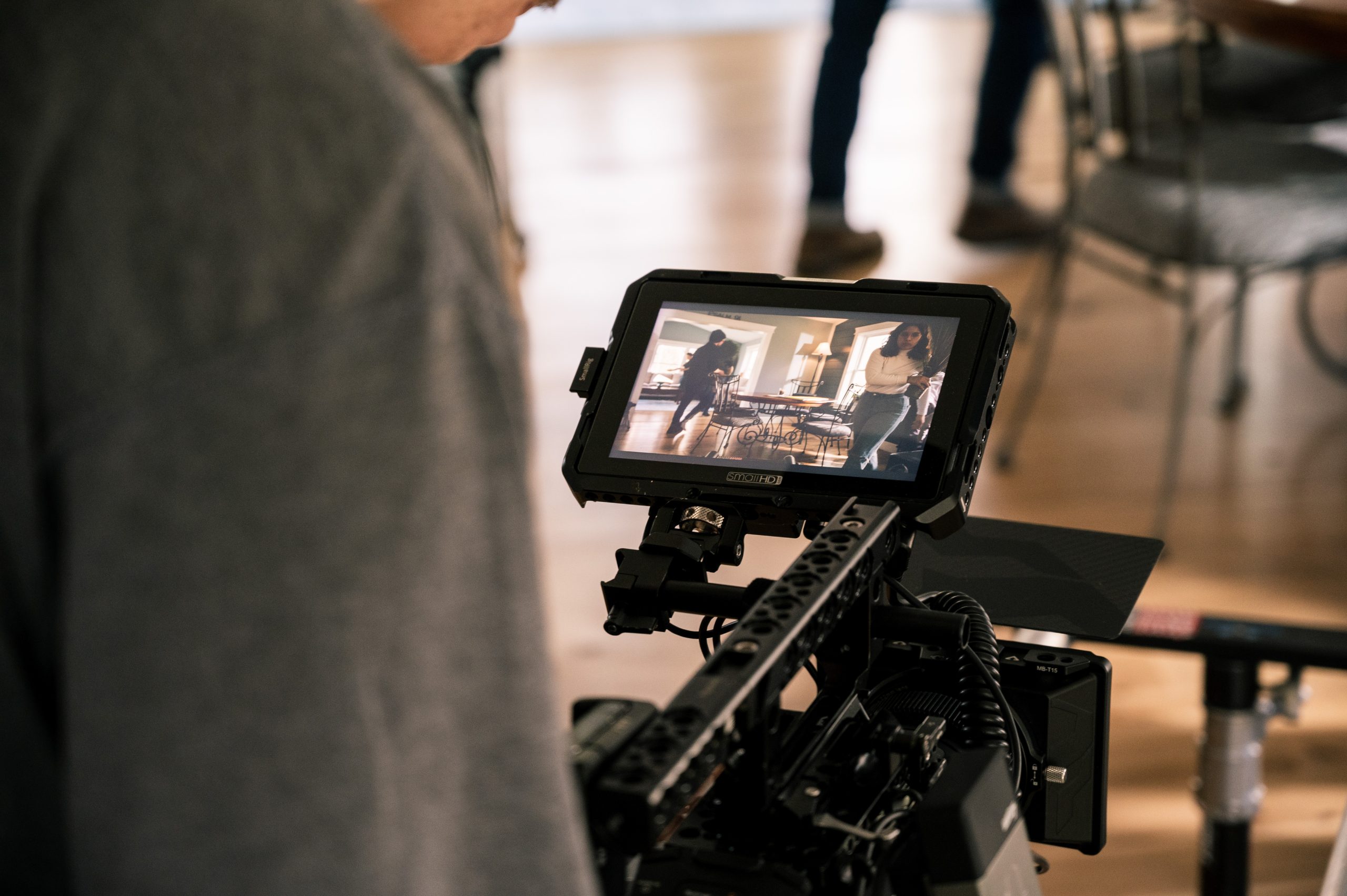
18 Jul Authenticity: Why Brand Documentaries Are Trending
Information seems to be speeding up and increasing consumer skepticism. Thoughtful brands are leveraging an unexpected medium to connect with their audiences: documentaries. This shift towards authenticity in marketing isn’t just a fleeting trend; it’s a response to a fundamental change in consumer behavior and expectations.
According to a 2023 study by the Content Marketing Institute, 86% of consumers say authenticity is important when deciding which brands they like and support (Smith, 2023). This statistic alone paints a clear picture of why brand documentaries are gaining traction. What’s driving this hunger for authenticity?
Why Authenticity Fatigue?
The rise of social media has played a significant role. With 4.9 billion social media users worldwide as of 2023 (Kemp, 2023), consumers are constantly exposed to curated, polished content. This saturation has led to what experts call “authenticity fatigue.” Paradoxically, the more perfect and polished content becomes, the more audiences crave raw, genuine stories.
Brand documentaries fill this void perfectly. They offer a behind-the-scenes look at companies, showcasing not just their successes, but their struggles, values, and the real people behind the brand. This transparency resonates deeply with modern consumers.
A 2022 report by Edelman found that 81% of consumers need to be able to trust a brand to buy from them (Edelman, 2022). Brand documentaries build this trust by pulling back the curtain and inviting consumers into their world. They transform companies from faceless entities into relatable, human organizations.
The numbers support this strategy. Brands that have invested in documentary-style content have seen significant returns. For instance, Patagonia’s documentary “Blue Heart,” which highlighted their environmental activism, led to a 7% increase in brand favorability and a 15% increase in purchase intent among viewers (Patagonia, 2021).
Similarly, Microsoft’s “Code Trip” documentary series, which follows developers around the world, resulted in a 25% increase in positive sentiment towards the brand among tech professionals (Microsoft, 2022).
Also Google created the short documentary “When Rivers Rise”, which we spoke about here!
These success stories are driving more brands to explore documentary-style content. The Global Brand Documentary Market is projected to grow at a CAGR of 12.5% from 2024 to 2029, reaching a market value of $5.2 billion by 2029 (Market Research Future, 2024).
Creating an effective brand documentary is not without challenges. It requires a delicate balance between showcasing the brand and telling an engaging, authentic story. The moment a brand documentary feels like an extended commercial, it loses its power. The key is to focus on the story first, and let the brand be the backdrop.
YouTube is King
The hunger for authenticity can be seen perhaps most powerfully in YouTube’s continued growth. While traditional documentaries often find homes on streaming platforms or in film festivals, YouTube is a powerhouse for brand-produced documentary-style content. They have a staggering 2.7 billion monthly active users as of 2023 (Statista, 2024), and are growing like crazy.
Paddy Galloway is among the most sought after YouTube growth consultants. He works with the best of the best creators. Here is what he has to say about YouTube growth:
YouTube is eating the world.
When people ask why I am so all in on this platform, I show them this graph.
YouTube is the new TV. YouTube is the new Hollywood. YouTube is the new Netflix.
If you want to be a YouTuber or learn the skills to work with one. Don’t hesitate.… pic.twitter.com/lBJxf2OnbH
— Paddy Galloway (@PaddyG96) June 3, 2024
Many brands are leveraging YouTube’s format to create ongoing documentary-style series or one-off long-form videos that dive deep into their ethos, processes, or impact. These videos often blur the line between entertainment, education, and marketing, creating a new hybrid form of content that resonates with viewers.
Obvious example: Red Bull. With over 10 million subscribers, they frequently produce documentary-style content about extreme sports and athletes. Their series “Driven” offers in-depth looks at the lives and motivations of various athletes, subtly associating the brand with themes of endurance, excitement, and pushing limits.
Similarly, GoPro’s channel features user-generated content that often takes on a documentary feel, showcasing real people’s adventures and experiences captured with their products. This approach not only demonstrates the capabilities of their cameras but also tells authentic stories that engage viewers.
One of my new favorite channels: Cleo Abram’s “Huge if True”
The effectiveness of this approach is clear in the numbers. According to a study by Google, brands that use YouTube to share longer-form, story-driven content see a 20% increase in visit rate to their website and a 15% increase in purchase intent among viewers (Google, 2023).
Moreover, YouTube’s algorithm tends to favor longer watch times, which can benefit well-crafted brand documentaries. Videos that keep viewers engaged for longer periods are more likely to be recommended, potentially increasing organic reach for brands.
Important note… success on YouTube requires more than just uploading documentary-style content. Brands must understand the platform’s unique culture and viewer expectations. As digital marketing expert John Smith says, “On YouTube, authenticity isn’t just preferred—it’s demanded. Viewers can spot inauthentic content from a mile away, and they won’t hesitate to call it out in the comments” (Smith, 2023).
As we move forward, the trend of brand documentaries is likely to evolve. We may see more interactive documentaries, VR experiences, or even real-time documentary content. Whatever form they take, one thing is clear: in a world craving authenticity, documentaries are here to stay.
